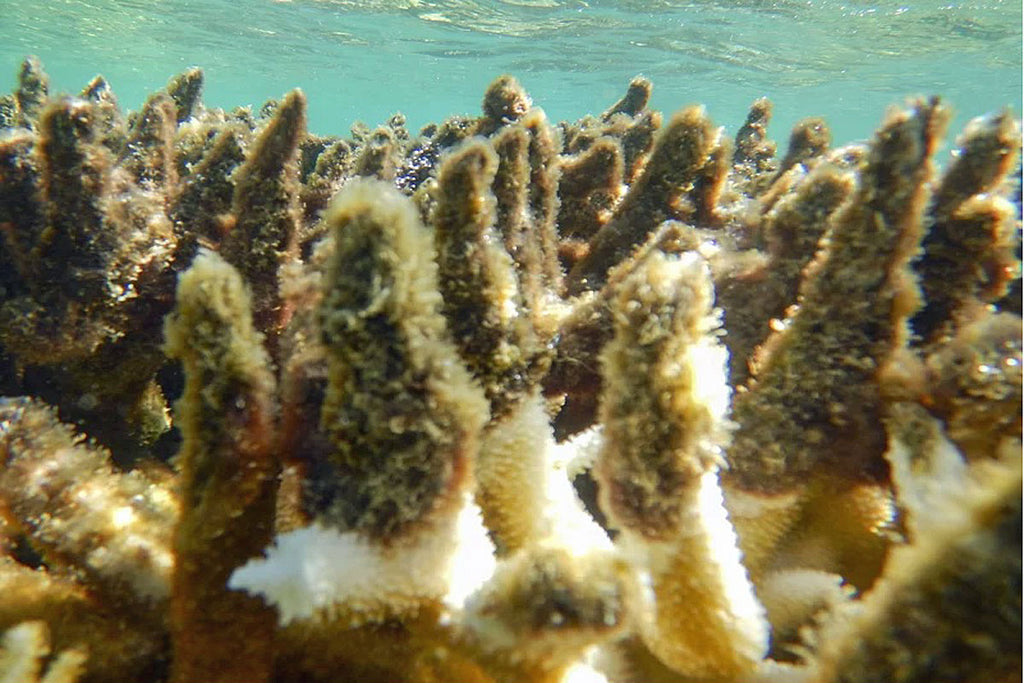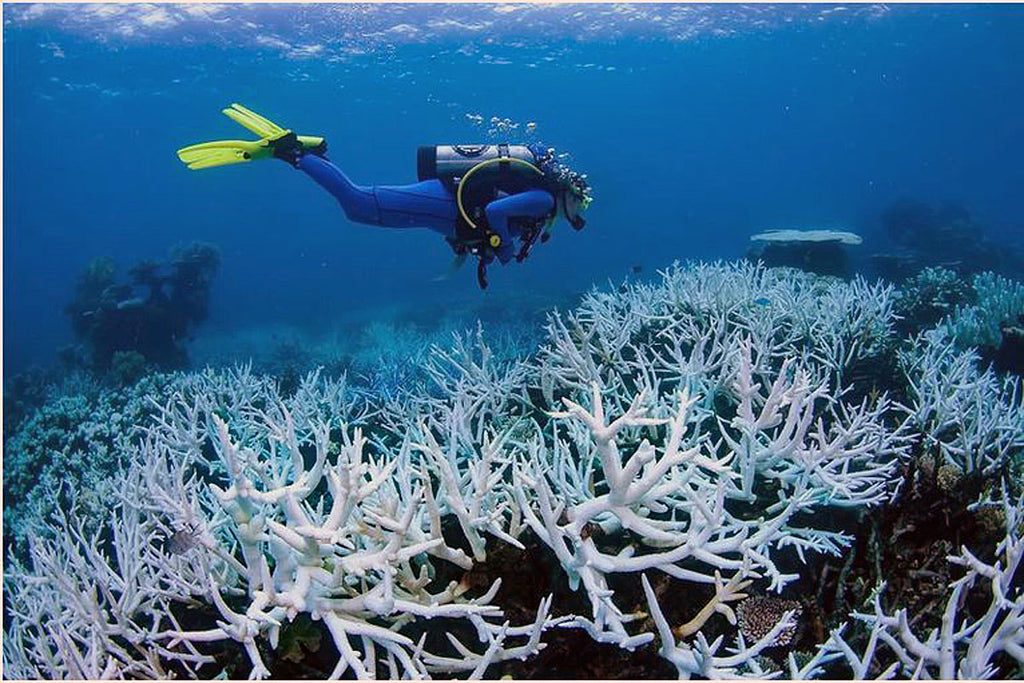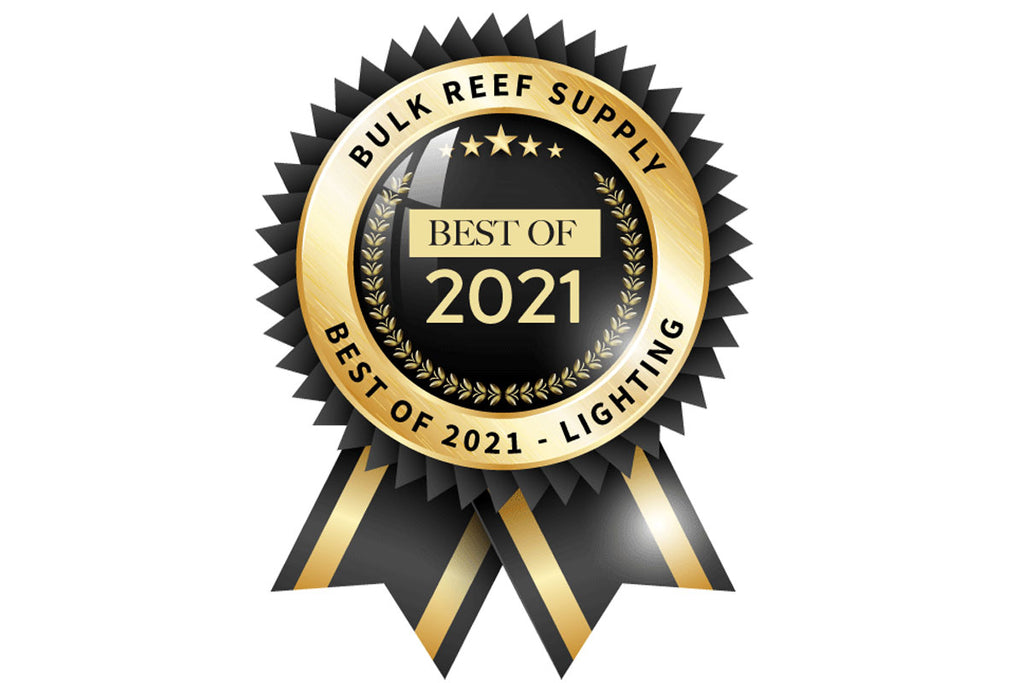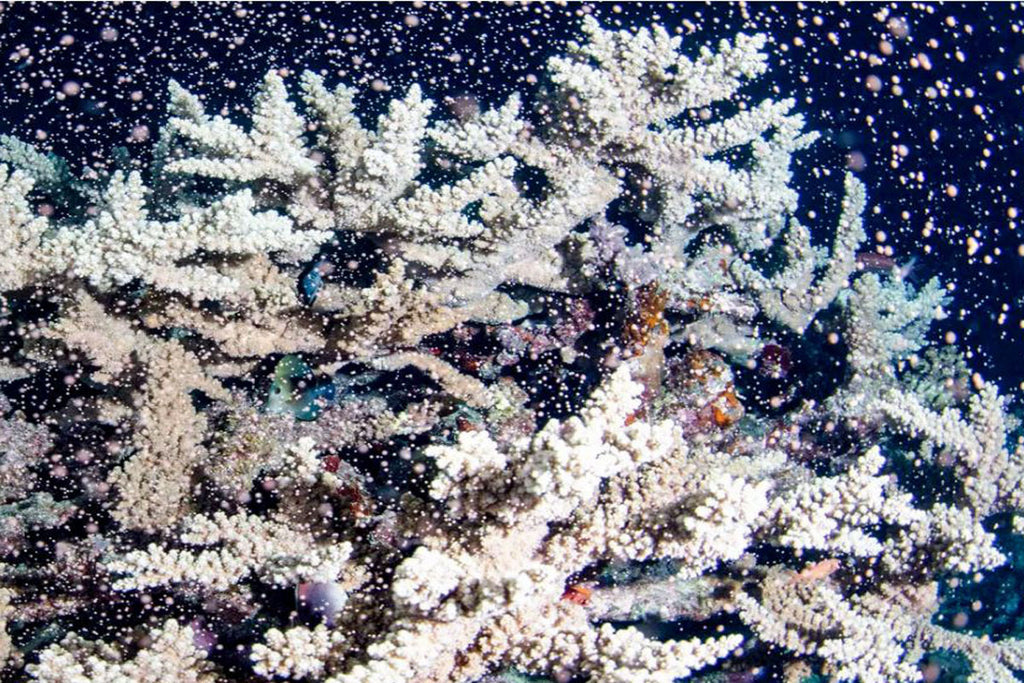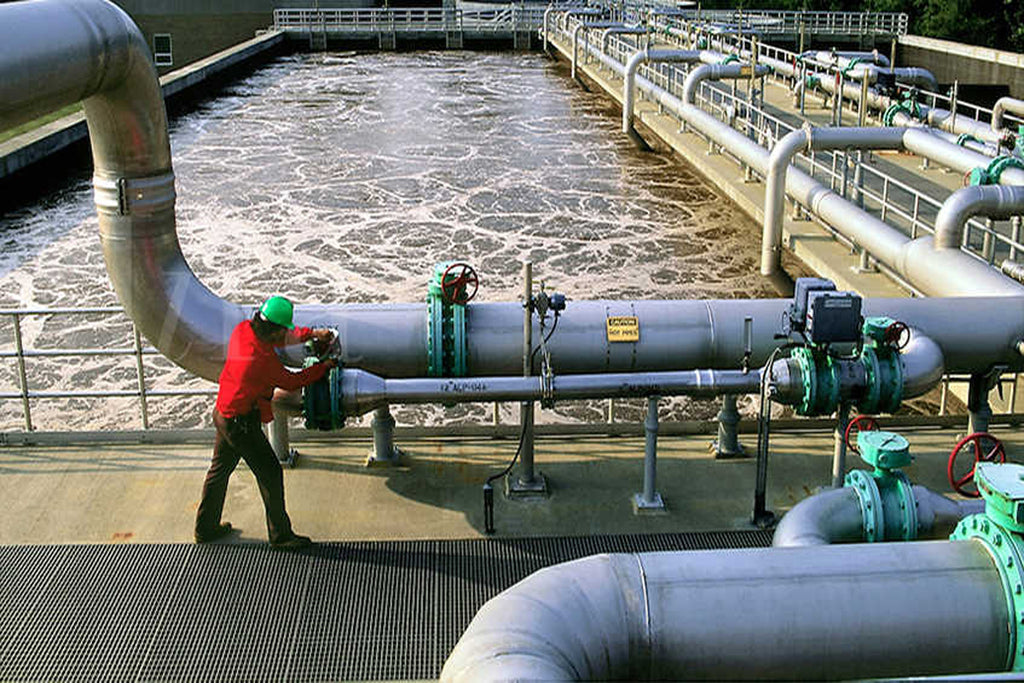What's In Your Water? How To Remove Chloramine With Your Reverse Osmosis System
- News
- 28 Dec, 2018
Chloramine is quickly becoming a concern for an increasing number of aquarium hobbyists because more and more municipalities are using chloramine to sanitize local water supplies. According to the EPA, more than 1-in-5 U.S. households use water treated with chloramine. If not removed, chloramine can get into your aquarium and have serious negative effects, ranging from excessive algae growth to the deterioration and death of fish and corals.
To start, it's important to understand that Chloramine and Chlorine are not the same. While both chemicals are used to sanitize tap water, chloramine is much more stable and longer-lasting when compared to typical chlorine, so it lasts longer in treated water and is more cost effective to use. This is the reason that more and more water treatment facilities are using chloramine instead of chlorine. Chloramine is a mixture of Chlorine + Ammonia. To find out if your tap water contains chloramine you can contact your local city public works department or local water treatment facility. To see which states have the highest percentage of households using water treated with chloramines check out the information HERE.
The problem for aquarists is that chloramine is not effectively removed by standard RO/DI systems and the presence of chloramine will also quickly exhaust your DI cartridge - we have had many hobbyists contact us asking why their DI resin doesn't last as long as spec'd, and the reason is almost always they have chloramine in their water supply.
It is possible to check for chloramine yourself by testing the waste water coming from your RO/DI system with a total chlorine test kit. Because standard carbon block filters remove all traces of chlorine, if your waste water still tests positive for total chlorine, it means your tap water most likely contains chloramine.
Since typical carbon block cartridges will not remove chloramine effectively, a special chloramine removal carbon cartridge is needed. We offer on our website the Filtrex FX ChloraGuard Chloramine removal cartridge, which features a high-perfomance coconut shell catalytic carbon block. This solid carbon block cartridge is more effective and lasts longer than refillable cartridges that use granular carbon. This cartridge is also included in our Chloramine Removal Canister Systems. The single cartridge system is perfect for use with our RO Buddie RO & RO/DI reverse osmosis systems.
For larger RO & RO/DI systems you will want to have two chloramine-removal carbon cartridges in-series after your sediment filter. Alternatively, you can use one chloramine-removal cartridge followed by one standard carbon block cartridge. By using two carbon block filters in series, you will further ensure that no traces of chloramine enter the membrane or DI cartridge.
Since most RO/DI systems are not set up to accept dual carbon cartridges, it is likely you will need to modify your RO/DI system to install the appropriate chloramine removal carbon filters. We offer our Single Cartridge and Two Cartridge Chloramine Removal Systems which include all of the components needed to add the filters to your existing RO/DI system. Installation of these add-on chloramine removal systems is quite simple, and as always, if you need help, please do not hesitate to contact our customer support team for assistance. You may reach us at customersupport@aquaticlife.com, or by calling us at 888-548-3480.

